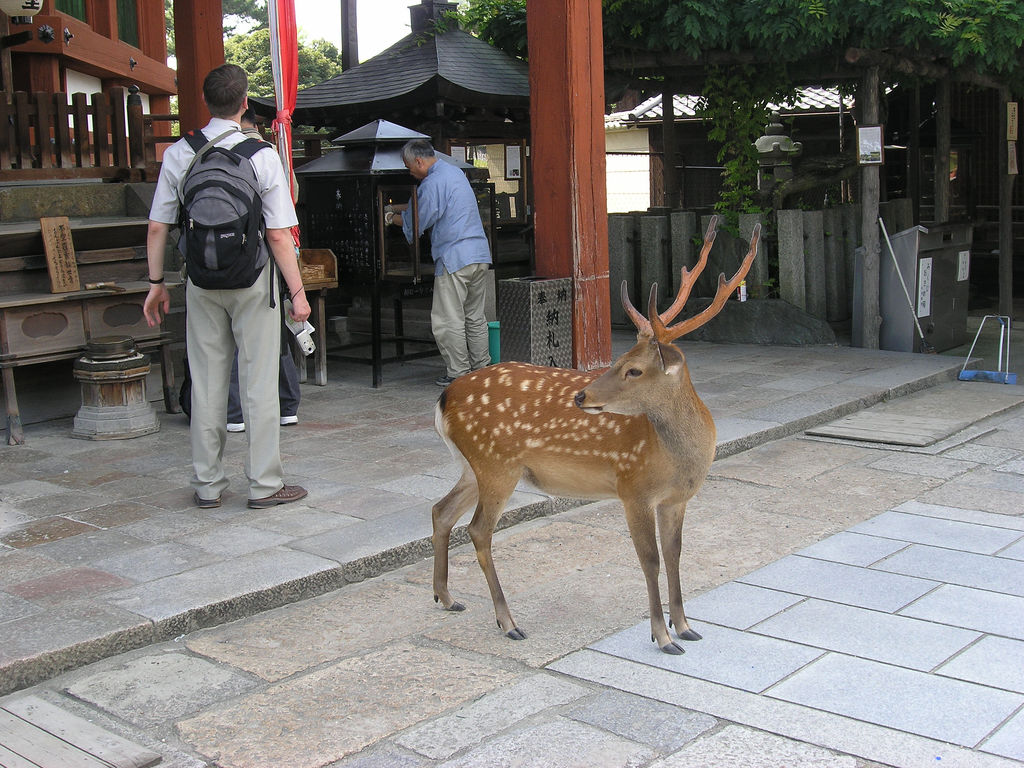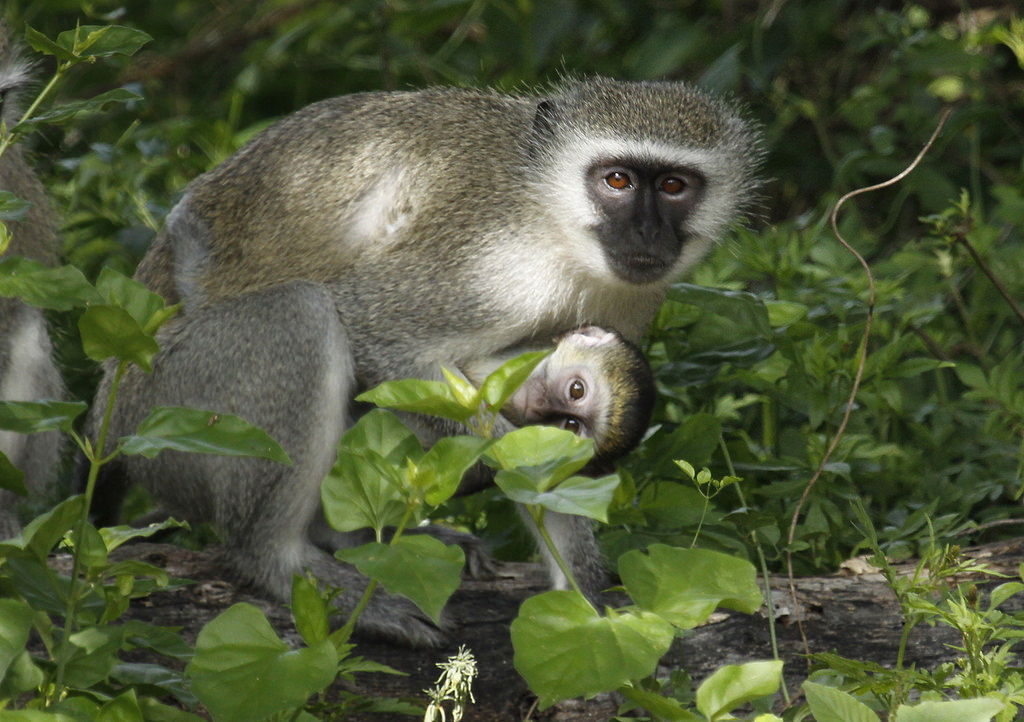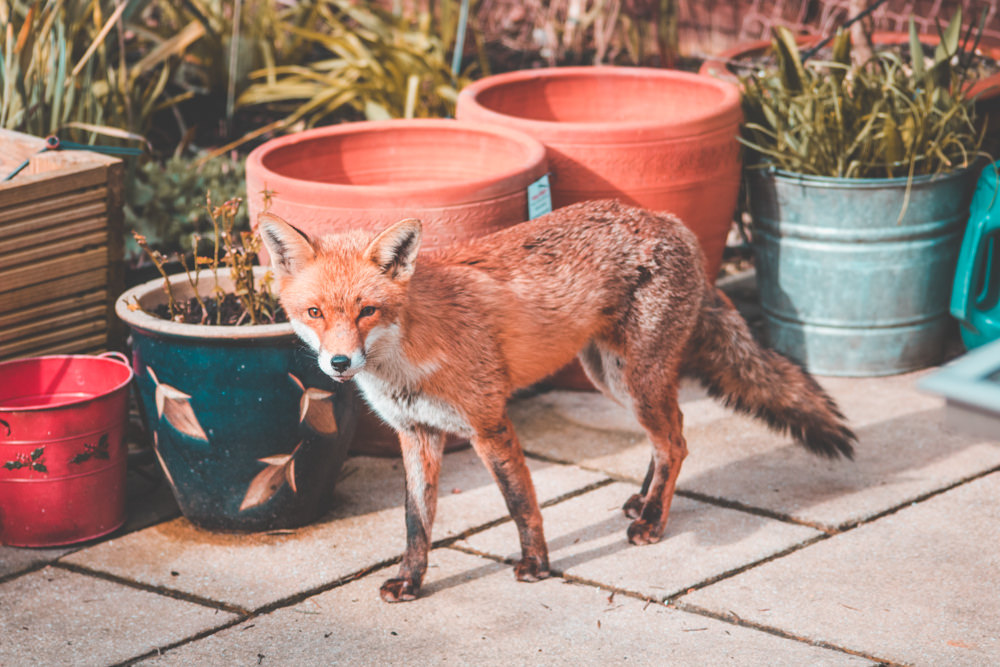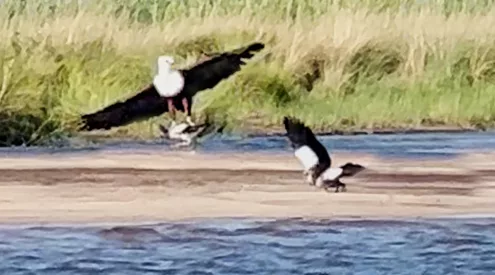Undaunted by crowded urban landscapes, many species are relocating to cities and adjusting their behaviours to survive. From Mumbai’s leopards to deer in Japan this is the world’s most amazing urban wildlife.
Have you had any encounters with wildlife in your city or neighbourhood?
Also read: The wild around us from Getaway’s editor, Sonya Schoeman
1. Leopards in Mumbai
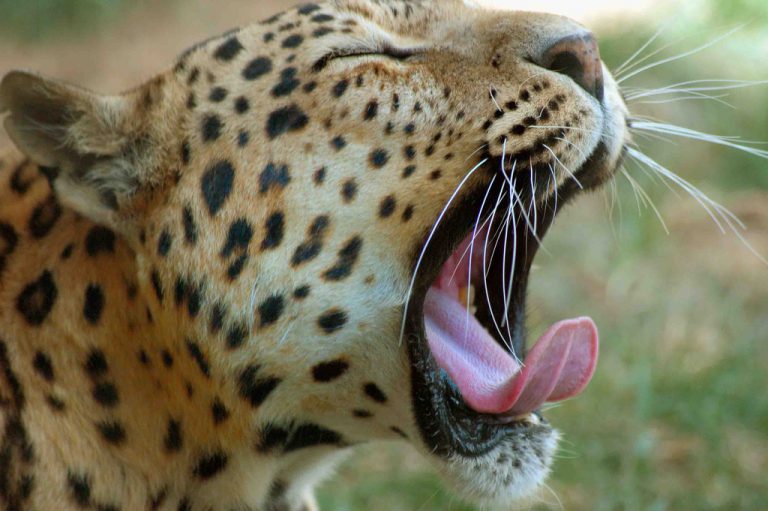
Leopards adapt efficiently in different surroundings, from the sub-zero conditions of Russia to the semi-arid Kgalagadi. Image by Pratik Jain
A leopard can’t change its spots, but it can certainly change its lifestyle. Leopards have lost about 85 percent of their range in Eurasia (and at least 66 percent in Africa) yet in highly concentrated Mumbai, they’re clinging onto their existence. These remarkably adaptable creatures reside in Sanjay Gandhi National Park, Mumbai’s largest protected forest. In 2015, 35 leopards were reported and despite growing numbers, they’ve earned the nickname ‘living ghosts’. As urban development erodes their natural habitat, Mumbai’s leopards have been known to wonder around residential areas, schools and slums.
Their ordinary diet of deer, wild boar and rodents has expanded to include unsuspecting stray dogs, cats, chickens, pigs and goats. Watch how leopards cruise around the city in this awesome thermal imagery video.
2. Wild boar in Berlin

Boars have also taken over Madrid with populations ranging between 30000 and 40000 in the city. Image by Robert Pernett
Perhaps ‘urban’ boar would suit them better because it’s where they’ve made their home. The reason? Berlin is Boar Capital thanks to roughly 440000 trees. This green European city is a magnet for wildlife. It’s a safe hideaway spot from predators and provides shelter and food. Despite being such city slickers the omnivorous wild boars aren’t really interested in what Berliners eat and still forage for their usual fare of acorns, beechnuts, maize and insect larvae.
Although they have strategies to avoid humans, serious clashes have involved attacks by adult wild boars, which has has led to culling operations. Relations between boar and humans have also been unfriendly because of the property damage they cause.
3. Penguins in Cape Town

A popular sightseeing spot, penguins dawdle up and down Boulders Beach in Simon’s Town. Photo by Teagan Cunniffe.
The African penguins of Betty’s Bay and Boulders Beach are world-famous, but they didn’t always live in these coastal towns. They were more accustomed to island life and bred off the South African and Namibian coasts. Predators such as leopards and caracals lurked on mainland South Africa so the penguins avoided such risky habitats. In the 1980s though, a penguin couple was spotted on Boulders Beach and, as we now know, they were later joined by many more.
The presence of the penguins is both smelt and heard thanks to their powerful stench and donkey-like braying, but their population numbers continue to drop. They compete with the fishing industries to satisfy their diet of sardines and anchovies, plus climate change inhibits their survival. Guano harvesting and egg collecting are also factors.
Also read: Your guide to Simon’s Town: a place to be happy
4. Peregrines in London
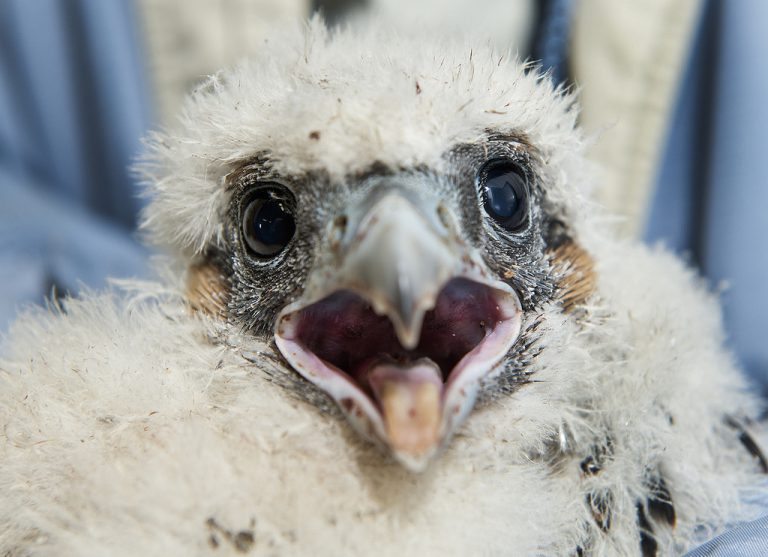
Powerful passengers of the air, the Peregrine falcon gets its name from the Latin word that means ‘pilgrim’. Image by Metropolitan Transportation Authority of New York
In London, real estate’s most prospective clients could be peregrine falcons. The world’s fastest bird aims higher than the church steeples of the countryside and prefers to soar among London’s highest skyscrapers. Like the leopards in Mumbai, Peregrine falcons have lost almost half of their natural territory. A century ago they were close to extinction, but now there are currently 30 breeding pairs and it seems they have adapted comfortably to urban life. Cranes, power station chimneys and high rises are just some of the places where they nest. There isn’t a lack of food either and they prey on pigeons and other migrating birds.
The city is a safer habitat for Peregrine falcons because they are exposed to shooting and poisoning in the rural areas of Britain. However egg collectors and illegal falconers still remain a threat.
5. Sika deer in Japan
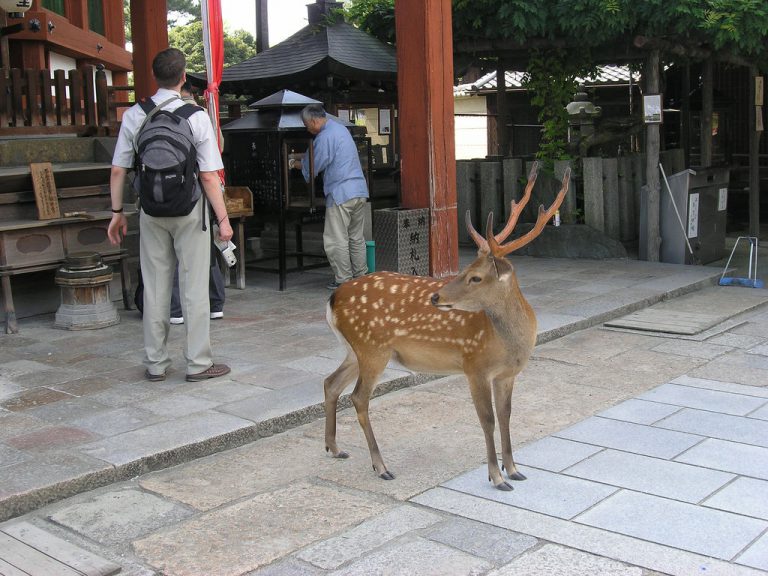
Shika means ‘deer’ in Japanese. They’re the only deer species endemic to Japan. Image by W00kie
It’s not unusual to see deer roaming the streets of Nara, Japan. The sika (‘shika’ in Japanese) deer ambled over into Nara Park from their forest dwelling and are known to frequent homeowner’s gardens too. As well as being considered a national treasure, the sika deer also have roots in Japanese mythology. There are stalls around Nara Park selling ‘senbei’ or rice crackers that can be fed to the deer and some of the deer have been taught to bow as a way of asking to be fed. The sika deer population in Nara flourishes because of the extinction of their natural predator, the Japanese wolf, which is widely thought to have been shot out in 1905.
6. Mountain lions in Los Angeles

Earlier this year, a movie was released about P-22, another famous mountain lion. It’s called The Cat that Changed America. Image by National Park Service
The Santa Monica and Santa Susana mountains are home to what is commonly known as the mountain lion or cougar. These mountains surround the urban sprawl that is Los Angeles and while it’s the city of movie stars, mountains lions have created a fame of their own. One such lion has been dubbed the ‘King of Malibu’ (a.k.a P-45) and is notorious for the bloody trail he leaves in his wake. According to the National Park Service, he has killed llamas, sheep, alpacas and goats and appears to do so as a hobby rather than for food.
Although urbanisation destructs their habitat, these mountain lions have learned to adjust, even crossing highways to get into nearby parks. Males prefer to hunt in forested areas while females hunt closer to development. The moniker ‘ghost cats’ is an indication of their ability to dodge people. Unfortunately, these predators need vast areas of land to hunt and establish territories. Confined spaces also means they can’t spread genetic diversity through mating and this is necessary for population growth.
7. Vervet monkeys in SA’s cities

If there is nowhere to run and they’re in danger, Vervet monkeys will swim if necessary. Image by Derek Keats
It turns out that we have a lot in common with Vervet monkeys by way of alcohol consumption. However, this is only on the island of St. Kitt’s, where the monkeys are known to indulge and have even been classified as binge, or social drinkers. Many neighbourhoods in South Africa are familiar with them and they, much like their human counterparts, also suffer from anxiety disorders. Despite our shared struggles, humans and Vervet monkeys always seem to be at odds with one another.
Urban areas provide shelter, water and food to the Vervet monkeys, but these monkeys are seen as a nuisance. The city is also full of dangerous encounters for vervet monkeys such as dog attacks, vehicle collisions, poisoning and trapping.
8. Red foxes in British cities
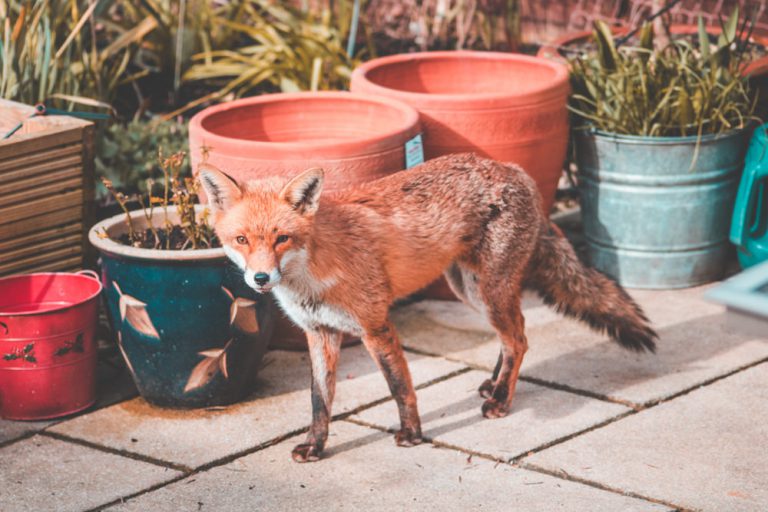
Urban foxes are still predatory but they also enjoy food when it comes to them. There are even reports of foxes eating Marmite sandwiches and porridge. Image by Ciaran Frederick
Foxes have been a part of Britain’s city life since the 1930s and ‘urban fox’ is a popular term for them. One has been seen riding the escalator out of London’s tube and another atop London’s tallest building, the Shard. Unlike other animals that thrive in urban settings, the Red fox is perpetually in danger and lives a shorter life. Cars, diseases and dogs mean that they have a lifespan of 18 months instead of 6 to 10 years. These sharp-minded and agile foxes still know how to make the most of an urban environment though. They opt for suburban areas because of the gardens and although their diet still consists of birds, invertebrates and rodents, efforts to survive involve consuming foods such as pizza – it doesn’t get anymore urban than that.
9. Black bears in North America
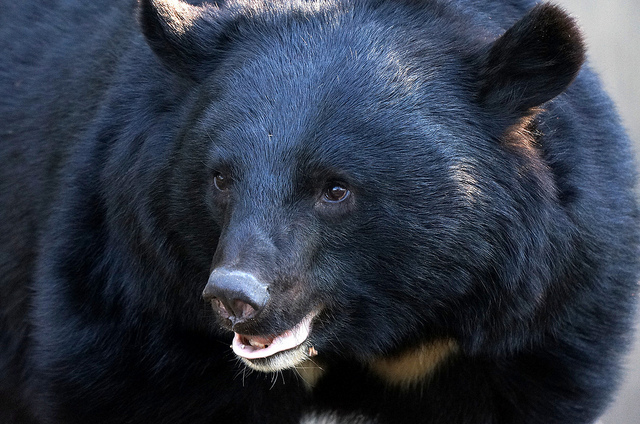
Black bears aren’t exclusively black in colour, they can also have light brown, blonde and even grey-blue fur. Image by [email protected]
Finding food in the city is a no-brainer for the highly intelligent Black bear as garbage dumpsters overflow with gourmet options. They’ve even become more nocturnal in their searches, unlike their relatives who are mostly active during the day. Some accuse them of laziness, but researchers say this isn’t the case. Living in the city has actually made Black bears more resourceful. The downside to more black bears leaving the wild though, is a loss of ecological processes. They play an important role in seed dispersal and in the decomposition of logs.
10. Chacma baboons in Cape Town
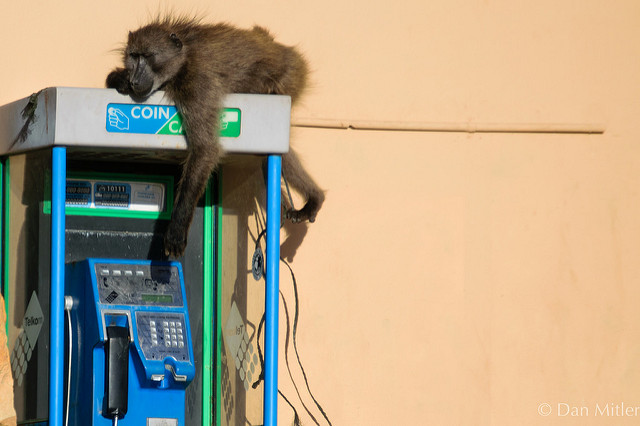
If there aren’t immediate sources of water, baboons can survive by licking night dew on their fur. Image by Dan Mitler
Chacma baboons could be the bane of your existence if you live near Tokai Forest or Table Mountain National Park. You probably also know that they will approach at the mere sight of a food morsel. The conflict between humans and Chacma baboons is intense and their omnivorous diet adjusts according to what is in the environment, meaning that they’ll eat just about anything. Alpha males lead their troops to food sources and these head honchos are usually the target of removals to reduce food-grabbing incidents.
Adult baboons also teach their young what is safe to eat and how to go about getting it. The Chacma baboon isn’t an endangered species, but interest groups emphasise that troops must be protected and monitored.














